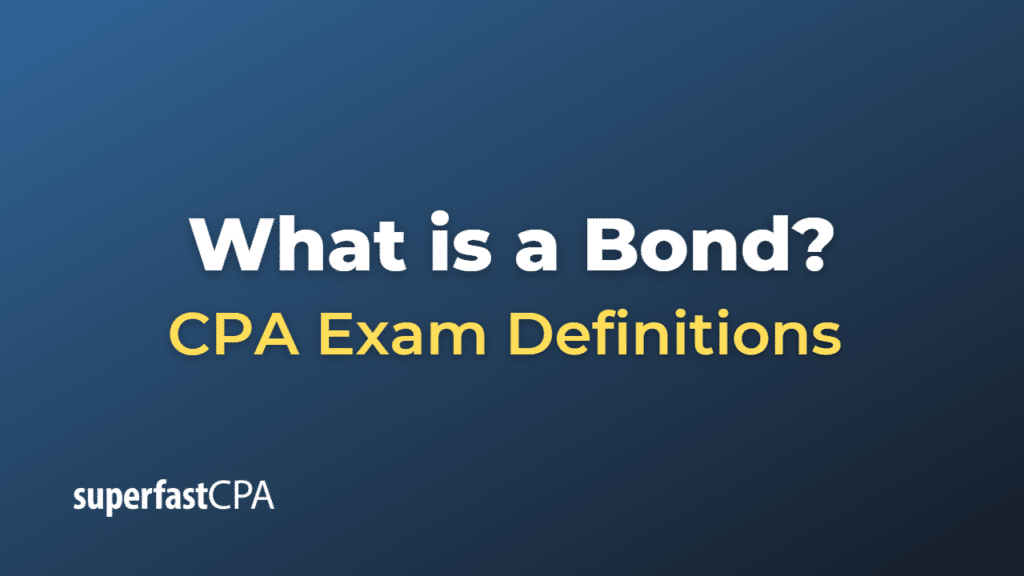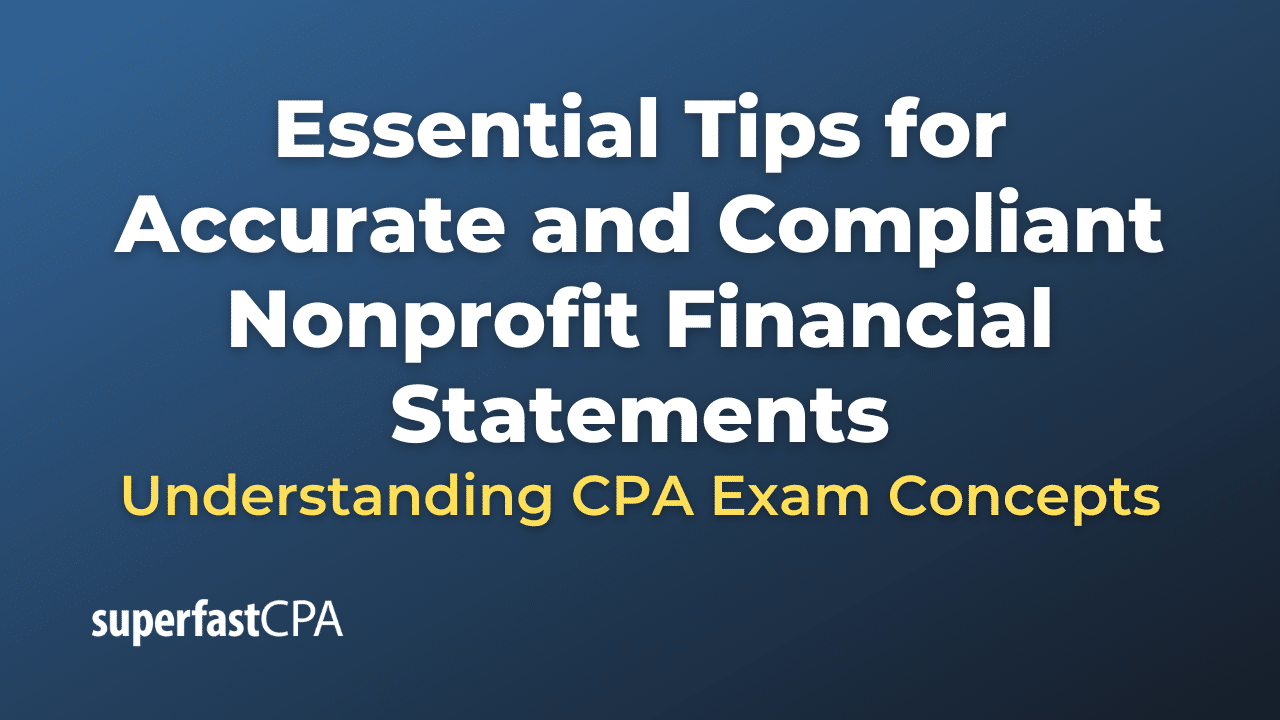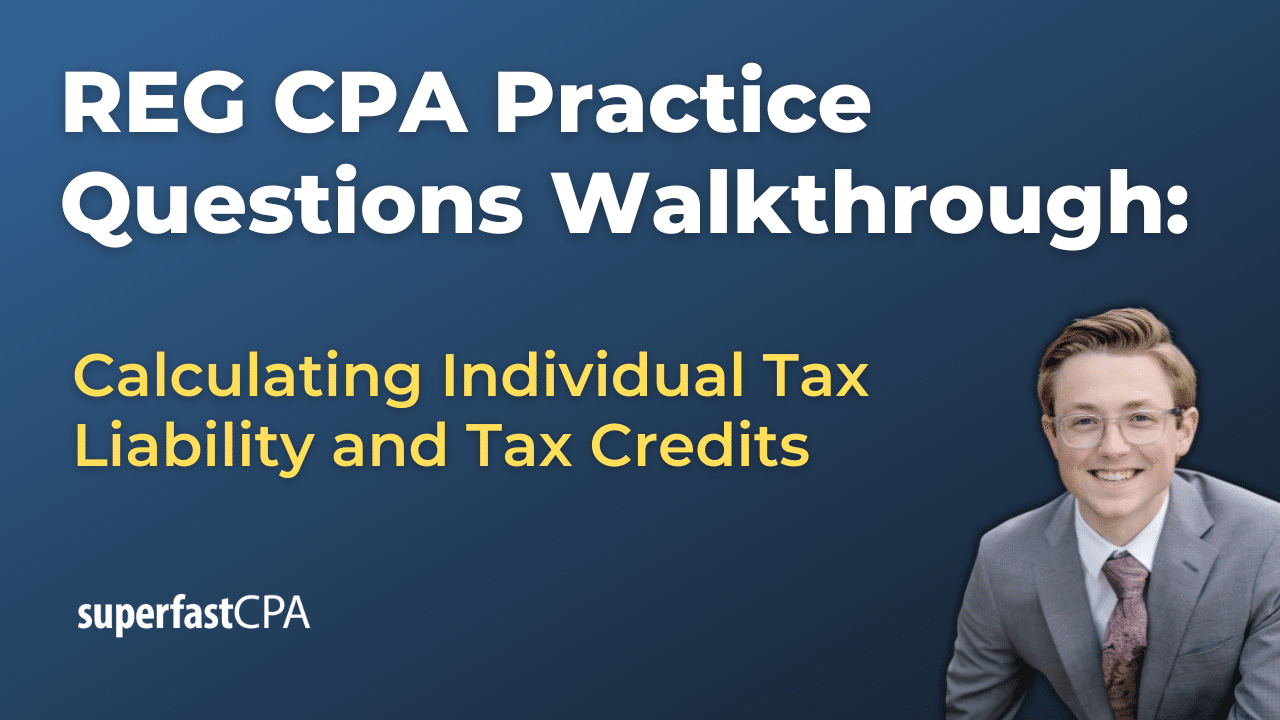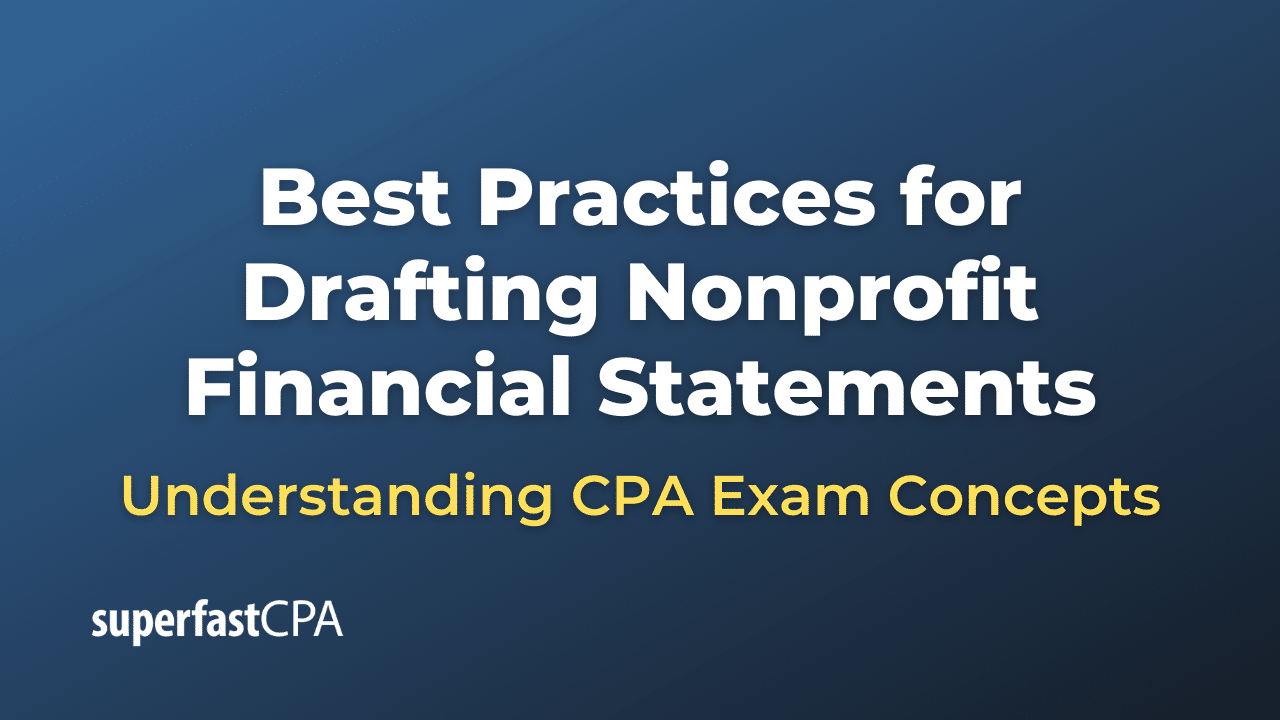Bond
A bond is a debt security issued by an entity, such as a government, corporation, or municipality, to raise capital by borrowing money from investors. When an investor purchases a bond, they are essentially lending money to the issuer in exchange for periodic interest payments and the return of the principal amount (also known as the face value) at the end of the bond’s term, which is called the maturity date.
Bonds are typically used by governments and corporations to finance long-term projects, infrastructure development, or other significant capital expenditures. The interest rate (coupon rate) paid on the bond depends on various factors, including the creditworthiness of the issuer, prevailing market interest rates, and the bond’s time to maturity.
There are several types of bonds, including:
- Government bonds: Issued by national governments, these bonds are generally considered low-risk investments due to the issuer’s ability to generate revenue through taxation and other means. Examples include U.S. Treasury bonds, German Bunds, and Japanese Government Bonds (JGBs).
- Municipal bonds: Issued by state, provincial, or local governments or their agencies, these bonds typically finance public projects such as roads, schools, and hospitals. In some countries, interest on municipal bonds may be tax-exempt, making them attractive to certain investors.
- Corporate bonds: Issued by companies to finance operations, expansion, or acquisitions, corporate bonds usually offer higher interest rates compared to government bonds to compensate for the higher risk associated with investing in a private entity.
- Secured bonds: These bonds are backed by specific assets, such as property or equipment, which can be sold or liquidated if the issuer defaults on the bond payments. This collateral makes secured bonds less risky than unsecured bonds.
- Unsecured bonds (debentures): Unlike secured bonds, unsecured bonds are not backed by collateral. Instead, they rely solely on the issuer’s creditworthiness and ability to generate revenue to meet the bond obligations. Consequently, unsecured bonds generally offer higher interest rates to compensate for the increased risk.
Bonds are an essential component of a well-diversified investment portfolio, as they tend to be less volatile than equities (stocks) and can provide a steady income stream through interest payments. Additionally, bonds can act as a counterbalance to equities during periods of market instability, reducing the overall risk of an investment portfolio.
Example of a Bond
Let’s consider a hypothetical example of a corporate bond issued by a company called “GreenTech Energy Inc.
GreenTech Energy Inc. is a renewable energy company that needs to raise capital to fund the construction of a new solar power plant. To finance this project, the company decides to issue corporate bonds with a total face value of $50 million. The bonds have a maturity of 10 years and pay a fixed annual interest rate (coupon rate) of 5%.
An investor, Sarah, decides to purchase $10,000 worth of GreenTech Energy’s bonds. This means that Sarah is essentially lending $10,000 to GreenTech Energy in exchange for the promise of receiving interest payments and the return of her principal investment at the end of the bond’s term.
Here’s what Sarah can expect from her investment:
- Interest payments: Over the 10-year life of the bond, Sarah will receive annual interest payments of $500 (5% of $10,000). These payments are typically made semiannually, so Sarah would receive $250 every six months.
- Principal repayment: At the end of the 10-year term, when the bond reaches maturity, GreenTech Energy will return Sarah’s initial investment of $10,000.
It’s important to note that, like any investment, bonds carry risks. For example, if GreenTech Energy were to face financial difficulties and default on its bond payments, Sarah could lose some or all of her investment. Additionally, if market interest rates were to rise significantly, the value of Sarah’s bond in the secondary market could decrease, making it less attractive to potential buyers if she decided to sell the bond before maturity.
However, if GreenTech Energy remains financially stable and meets its bond obligations, Sarah’s investment will provide her with a predictable income stream through interest payments and the return of her principal investment at the end of the bond’s term.













